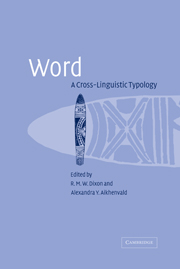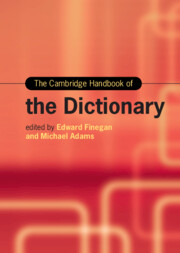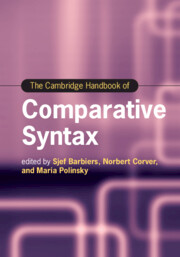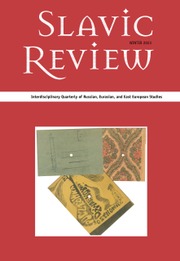The Cambridge Handbook of Linguistic Typology
Linguistic typology identifies both how languages vary and what they all have in common. This Handbook provides a state-of-the art survey of the aims and methods of linguistic typology, and the conclusions we can draw from them. Part I covers phonological typology, morphological typology, sociolinguistic typology and the relationships between typology, historical linguistics and grammaticalization. It also addresses typological features of mixed languages, creole languages, sign languages and secret languages. Part II features contributions on the typology of morphological processes, noun categorization devices, negation, frustrative modality, logophoricity, switch reference and motion events. Finally, Part III focuses on typological profiles of the mainland South Asia area, Australia, Quechuan and Aymaran, Eskimo-Aleut, Iroquoian, the Kampa subgroup of Arawak, Omotic, Semitic, Dravidian, the Oceanic subgroup of Austronesian and the Awuyu-Ndumut family (in West Papua). Uniting the expertise of a stellar selection of scholars, this Handbook highlights linguistic typology as a major discipline within the field of linguistics.
- Provides a state-of-the art survey of the major issues within present-day linguistic typology
- Explores how linguistic typology interacts with other subfields of linguistics
- Pays equal attention to universal tendencies across languages, and typological variation within individual categories
Reviews & endorsements
'This Handbook provides a state-of-the-art survey of achievements and developments in the field of linguistic typology, covering the history of typology, phonological, morphological and syntactic typology, the relation of typology to historical linguistics, areal typology, sociolinguistic typology, and typological studies of sign languages. It takes account of all substantial typological studies published so far and adds a wealth of new data and analyses, based on the rich experience of the editors themselves and the expertise of a number of scholars of high competence in their respective fields.' Lars Johanson, Johannes Gutenberg Universität Mainz, Germany
'Edited by two of the world's leading typologists, this Handbook enables the reader to access a wealth of information on language structures far beyond those that have been covered in previous typological work.' Bernd Heine, Universität zu Köln
Product details
March 2017Adobe eBook Reader
9781316792582
0 pages
0kg
35 b/w illus. 12 maps 73 tables
This ISBN is for an eBook version which is distributed on our behalf by a third party.
Table of Contents
- Acknowledgements
- Contributors
- Abbreviations
- List of figures
- List of tables
- Introduction. Linguistic typology: setting the scene Alexandra Y. Aikhenvald and R. M. W. Dixon
- Part I. Domains of Linguistic Typology:
- 1. Phonological typology Harry van der Hulst
- 2. Morphological typology Thomas E. Payne
- 3. Typology and historical linguistics Silvia Luraghi
- 4. Sociolinguistic typology Peter Trudgill
- 5. Typology and grammaticalization Heiko Narrog
- 6. Sign language typology Ulrike Zeshan and Nick Palfreyman
- 7. Typology of mixed languages Peter Bakker
- 8. Typology of Creole languages Aymeric Daval-Markussen and Peter Bakker
- 9. Typology of secret languages and linguistic taboos Anne Storch
- Part II. Typology of Grammatical Categories:
- 10. A typology of morphological processes: form and function David Beck
- 11. A typology of noun categorization devices Alexandra Y. Aikhenvald
- 12. Negation Matti Miestamo
- 13. Number Edith Moravcsik
- 14. A typology of frustrative marking in Amazonian languages Simon E. Overall
- 15. Logophoricity Felix Ameka
- 16. Switch reference John Roberts
- 17. Approaches to motion event typology Eric Pederson
- Part III. Typological Profiles of Linguistic Areas and Language Families:
- 18. Language in the mainland Southeast Asia area N. J. Enfield
- 19. The Australian linguistic area R. M. W. Dixon
- 20. An overview of Aymaran and Quechuan language structures Willem Adelaar
- 21. The Eskimo-Aleut language family Michael Fortescue
- 22. The Athabaskan (Dene) language family Keren Rice and Willem de Reuse
- 23. The Iroquoian language family Marianne Mithun
- 24. The Kampa subgroup of the Arawak language family Elena Mihas
- 25. The Omotic language family Azeb Amha
- 26. The Semitic language family Aaron D. Rubin
- 27. The Dravidian language family Sanford Steever
- 28. The Oceanic subgroup of the Austronesian language family Valérie Guérin
- 29. The Greater Awyu-Ndumut language family of West Papua Lourens de Vries
- Index of authors
- Index of languages, language families and linguistic areas
- Index of subjects.







